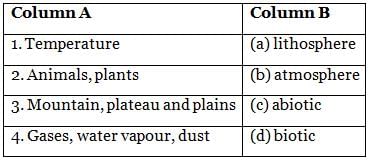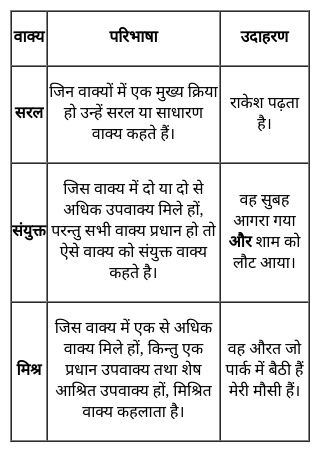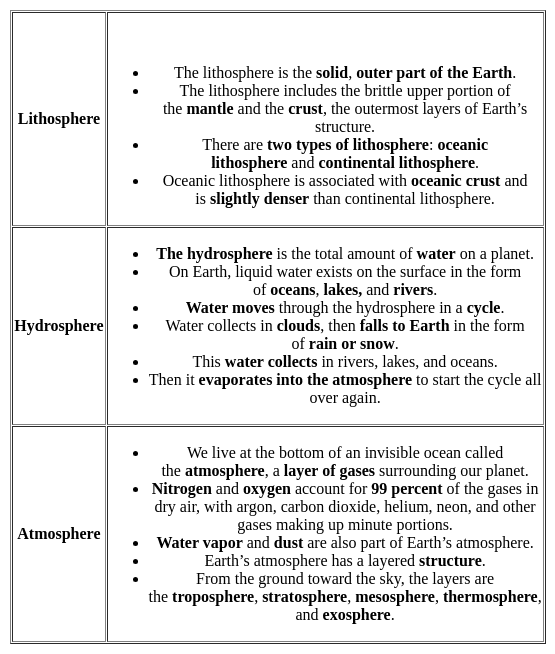NVS Lab Attendant Mock Test - 3 - NVS TGT/PGT MCQ
30 Questions MCQ Test NVS Lab Attendant Exam Mock Test Series 2026 - NVS Lab Attendant Mock Test - 3
Direction: If a Paper (Transparent Sheet) is folded in a manner and a design or pattern is drawn. When unfolded this paper appears as given below in the answer figure. Choose the correct answer figure given below.
A circular paper is folded and punched as shown below. How will it appear when opened?
Question Figure

Answer figure

A circular paper is folded and punched as shown below. How will it appear when opened?
Question Figure

Answer figure

What was the objective of the Constitutionist to include the Directive Principal of State Policy?
Who, among the following, had been assassinated at Port Blair ?
Find out the Synonym of the following word:
HESITATED
Directions: A sentence is given here with a blank and you need to fill the blank choosing the word/words given below. If all the words given can fill the blank appropriately, choose ‘All are correct’ as your answer.
The troubled crypto firm Block-Fi has filed for bankruptcy in the US, as the dramatic collapse of FTX continues to _______________ across the industry.
I. Reverberate
II. Echo
III. Resonate
Directions: In questions given below out of four alternatives, choose the one which can be substituted for the given word/sentence.
Q. List of the business or subjects to be considered at a meeting.
Directions: In the question given below, there is a sentence with a blank. From the options given below, choose the correct idiom(s) that can fit in the blank to make the sentence grammatically and meaningfully correct.
After facing a lot of economic loss, both the countries decided to ________________
I. Pour oil on troubled waters
II. Bury the hatchet
III. Have a blast
Direction: In the following question, the sentences have been given in Active/ Passive Voice. From the given alternatives, choose the one that best expresses the given sentence in Passive/ Active Voice.
The doctor advised the patient not to eat rice.
Bohr proposed that while revolving in discrete orbits, the electrons:
To describe the motion of an object we first specify a
Match the contents of Column A with that of Column B.

Which is the correct sequence of the components of a reflex arc?
Coming of live wire and neutral wire in direct contact causes
If an object experiences a net zero unbalanced force, than the body
In the hydrogenation of vegetable oils, the unsaturated hydrocarbons generally add hydrogen in the presence of:




















